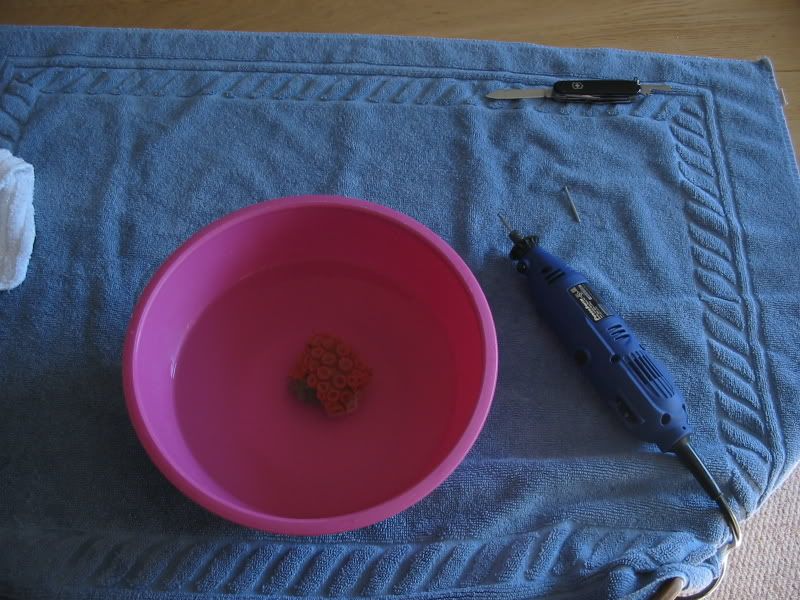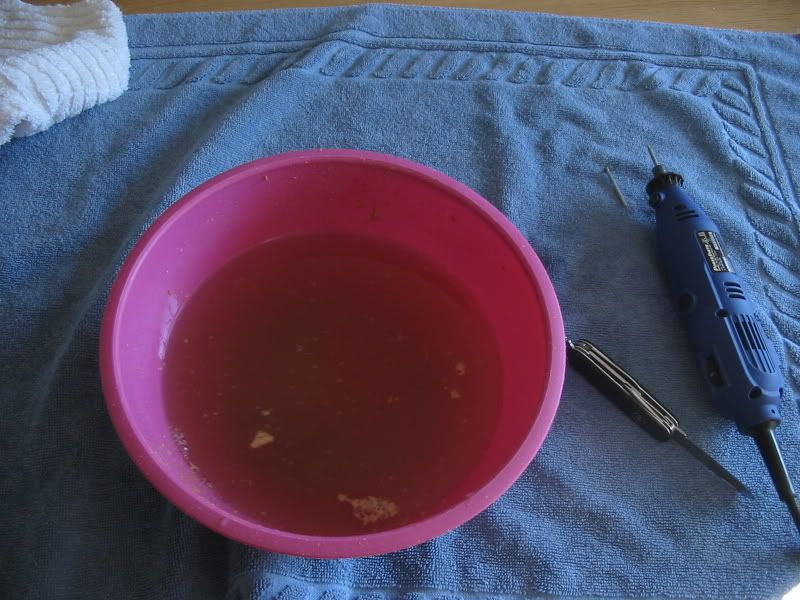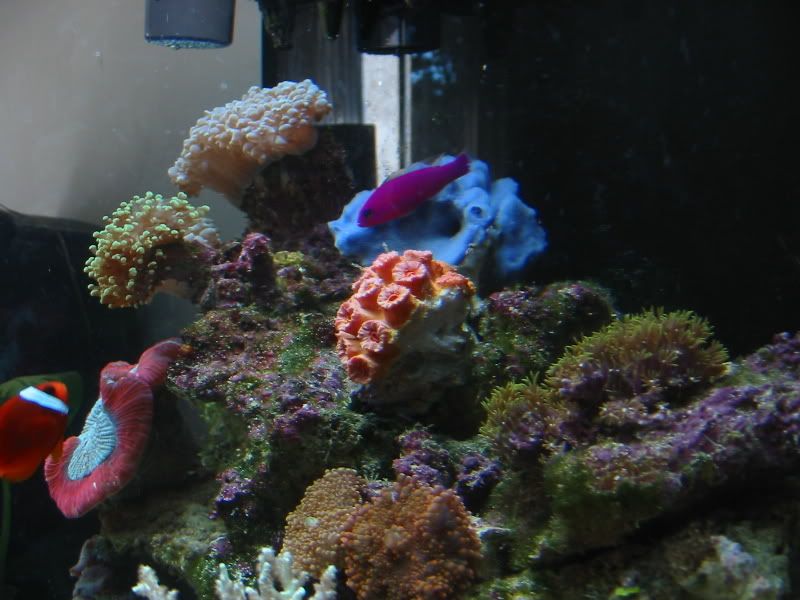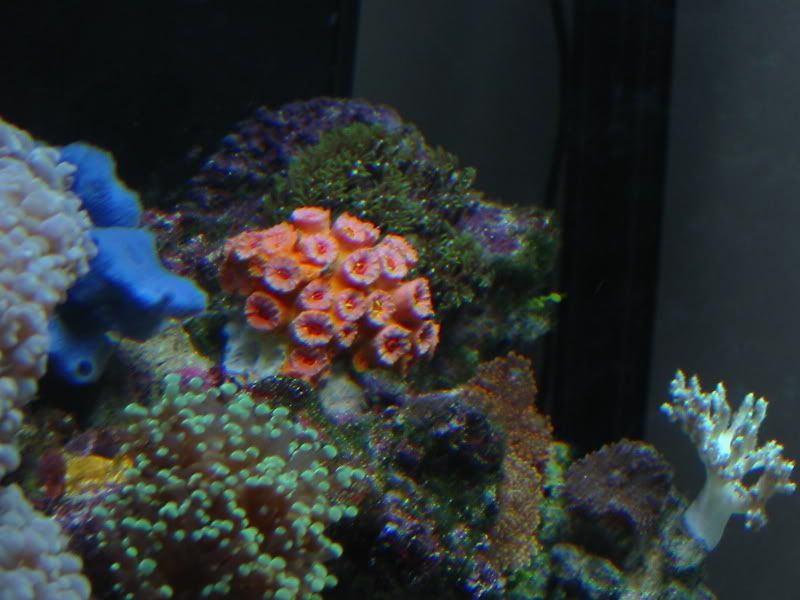
 |
|
||||||||
| Portal | PhotoPost Gallery | Register | Blogs | FAQ | Members List | Calendar | Search | Today's Posts | Mark Forums Read |
 |
|
|
Thread Tools | Display Modes |
|
#1
|
|||||
|
|||||
|
How do I frag a sun coral?
When I first got my sun coral 2 weeks ago, I placed it on my sandbed. Didn't realize a few polyps were burried around the back. The flesh from those polyps died and sloughed off, but it seems to be continuing to errode into the healthy colony. I placed it on the rockwork in good flow, and it's been opening up for feeding nightly.  |
|
#2
|
|||||
|
|||||
|
Kinda urgent... if I frag it tomorrow I may be able to save half the colony.
|
|
#3
|
||||
|
||||
|
Use a chisel set between the polyps and bang away.
|
|
#4
|
|||||
|
|||||
|
is there perhaps a more surgical way of doing it? or is that all there is to it?
|
|
#5
|
|||||
|
|||||
|
Maybe try a dremel with a cutting wheel
__________________
 Greg |
|
#6
|
|||||
|
|||||
|
Okay I went the dremel route. I used a round cutting bit for maneuverability. If you ever decide to attempt this, use saftey goggles and wear an old shirt. Yellow goo was flying everywhere. As I was working, I noticed a second area in recession. I removed about 1/3 of the skeleton in total.
     looking into the tank about 15 minutes after the operation, I can see a few polyps opening....but I don't have a lot of confidence in success with this one. |
|
#7
|
|||||
|
|||||
|
My BF dropped it on the floor. Seemed to work well with the branching variety.. :P
Seriously tho... Why not just scrub the dead away and keep it in a high flow area.. maybe a reef dip to help clean it.
__________________
Visit the Vancouver-based Reef Network at http://reefnetwork.blogspot.com/ |
|
#8
|
|||||
|
|||||
|
Quote:
|
|
#9
|
|||||
|
|||||
|
the sun coral is doing great. every polyp is opening before the lights go off (just like I trained her)
 . i've also discovered that it's a lot easier to get food to it after the lights are actually off. my fish have insatiable appetites for brine shrimp. anyways, my experience with this makes me want to frag a whole colony into 4 or 5 pieces and see how fast they grow. . i've also discovered that it's a lot easier to get food to it after the lights are actually off. my fish have insatiable appetites for brine shrimp. anyways, my experience with this makes me want to frag a whole colony into 4 or 5 pieces and see how fast they grow. |
 |
| Thread Tools | |
| Display Modes | |
|
|